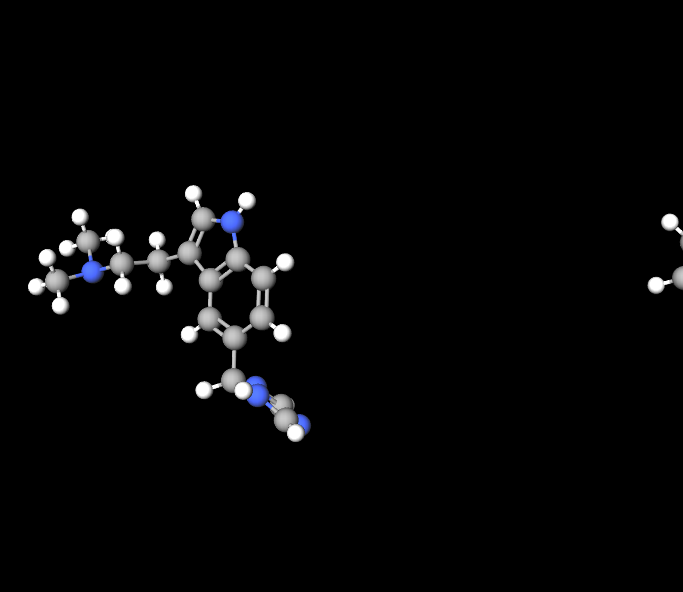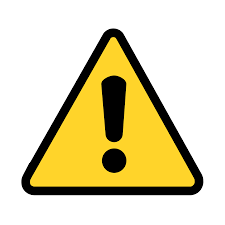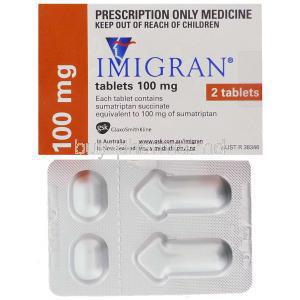Rizatriptan Benzoate
- 1. What is Rizatriptan Benzoate?
- 2. Composition and Properties of Rizatriptan Benzoate
- 3. How Rizatriptan Benzoate Works
- 4. Uses of Rizatriptan Benzoate
- 5. Off-Label Uses of Rizatriptan Benzoate
- 6. Dosage and Administration
- 7. Special Administration Considerations
- 8. Interactions with Other Medications
- 9. Side Effects of Rizatriptan Benzoate
- 10. Serious Adverse Effects and Warnings
- 11. Contraindications and Precautions
- 12. Overdose and Emergency Management
- 13. Storage and Handling Precautions
- 14. Careful Administration Practices
1. What is Rizatriptan Benzoate?
Overview of Rizatriptan Benzoate
Rizatriptan Benzoate, a medication that targets receptors, is well known for its effectiveness in promptly relieving migraine episodes. It has become a component in managing migraines because of its quick action and notable pain reduction within a couple of hours.
Importance in Migraine Management
Migraines, known for causing pulsating pain, often call for specific treatment approaches. Rizatriptan has become essential in providing relief when regular painkillers fail. Its impact goes beyond easing pain, as it aids patients in restoring their daily functioning and enhancing their overall well-being.
2. Composition and Properties of Rizatriptan Benzoate
Chemical Structure and Composition
Rizatriptan Benzoate stands out due to its chemical composition, which is crafted to imitate serotonin and regulate pain pathways with precision. The molecular formula, C15H19N5·C7H6O2 highlights the process involved in its creation enhancing its effectiveness, in alleviating migraines.

Pharmacological Properties
The drug works in the body by getting absorbed quickly and staying active for the right amount of time, which is good for treating sudden migraines. Because it can move from the bloodstream into the brain, it can target the nerve endings, which is key to how well it works in easing migraine symptoms.
3. How Rizatriptan Benzoate Works
Mechanism of Action in Treating Migraines
Rizatriptan helps relieve migraines by attaching to and stimulating receptors, in the brain, which causes narrowed blood vessels in the head. This process also hinders the release of neuropeptides, ultimately lessening migraine signs.
Effects on the Central Nervous System
Rizatriptan is effective and well tolerated, affecting cognitive and motor functions. This makes it a popular option for individuals looking to balance effectiveness with maintaining their quality of life.
4. Uses of Rizatriptan Benzoate
Primary Indications for Migraine Relief
Comparison with Other Migraine Medications
In comparison to types of triptans or general migraine treatments, Rizatriptan is preferred by healthcare professionals due to its better effectiveness and safety record, resulting in fewer side effects and interactions.
5. Off-Label Uses of Rizatriptan Benzoate
Exploring Less Common Applications
- While Rizatriptan is not officially approved for managing cluster headaches, it has been studied for this purpose.
- Clinical similarities exist between cluster headaches and migraines in terms of trigger factors and treatment response to triptans3.
Clinical Studies and Findings on Off-Label Benefits
Recent studies indicate that Rizatriptan could potentially affect other medical conditions besides migraines. However, in-depth clinical trials are necessary to explore these potential uses.
6. Dosage and Administration
Standard Dosage Guidelines
- Adults usually receive a 10 mg dosage when they experience the onset of a migraine.
- If the symptoms continue, another dose can be given after two hours.

How to Take Rizatriptan Benzoate
Adults can take 10 milligrams (mg) by placing it on the tongue whenever necessary. If additional doses are required, ensure a gap of 2 hours between them. Typically, the maximum daily dosage does not exceed 30 mg. For children aged 12 and above who weigh at least 40 kilograms (kg), a dose of 10 mg on the tongue, as needed, is recommended.
Administration Techniques for Optimal Effectiveness
To achieve outcomes, it is advisable to consume Rizatriptan as soon as the initial symptoms of a migraine appear. It is permissible to ingest it with or without food; however, it is suggested that you drink fluids to facilitate absorption and maximize effectiveness.
Rizatriptan Benzoate vs Sumatriptan
Rizatriptan and sumatriptan are both commonly used to treat headaches. One key distinction between the two is that rizatriptan is only found in tablet form, whereas sumatriptan is available in oral tablet, injection, and nasal spray options.
7. Special Administration Considerations
Administration to Elderly Patients
When prescribing Rizatriptan to patients, it's important to be cautious due to possible kidney and liver issues that might require adjusting the dosage.
Administration to Pregnant Women and Nursing Mothers
During pregnancy, it is advisable to consider using Rizatriptan when the benefits outweigh the risks to the unborn child. Similarly, nursing mothers should seek advice from their healthcare provider regarding the medication's impact on breast milk.
Administration to Children
The safety and efficiency of using Rizatriptan in children under 18 years old have not been completely confirmed, It's important to be cautious when considering its use, in this age group.
8. Interactions with Other Medications
Common Drug Interactions and Their Management
It's important to be careful when using Rizatriptan at the time, as SSRIs, SNRIs, and other serotonergic medications because it can raise the chances of developing serotonin syndrome.
Impact of Food, Alcohol, and Other Substances
Taking Rizatriptan is fine with or, without eating. It's best to steer clear of alcohol since it can worsen migraine symptoms and make the medication less effective.
9. Side Effects of Rizatriptan Benzoate
Common Side Effects Encountered
Rizatriptan Benzoate, although it works well in relieving migraines, comes with some side effects that could impact patients.
- These include feeling dizzy and sleepy which might hinder ones focus on tasks that need alertness.
- Additionally there may be temporary experiences of nausea and dry mouth.
- It's important to keep an eye on any feelings of chest discomfort and palpitations that may arise.
How long do rizatriptan side effects last
It should diminish naturally within a couple of hours once the impact of Maxalt or Maxalt MLT fades away.
Managing Side Effects in Clinical Practice
Managing side effects effectively includes recommending that patients relax in a peaceful space after medication intake, promoting sufficient hydration to reduce feelings of nausea and dryness in the mouth, and regularly checking in and discussing options for dosage adjustments as needed.
10. Serious Adverse Effects and Warnings
Identifying Serious Health Risks
Potential dangers linked to Rizatriptan involve cases of heart-related issues like myocardial ischemia or infarction, especially in individuals with cardiovascular risk factors.
- There's also the risk of serotonin syndrome, a condition when mixed with other drugs affecting serotonin levels and heightened blood pressure that needs careful observation in patients with hypertension.
Guidelines on When to Seek Immediate Care
Patients should promptly consult a healthcare provider if they encounter any of the following:
- indications of responses like skin rash, hives, or breathing difficulties;
- unusual chest; symptoms that resemble serotonin syndrome, such as confusion, rapid heartbeat, and intense restlessness.
11. Contraindications and Precautions
Specific Health Conditions and Contraindications
Patients with high blood pressure, severe kidney or liver issues, or a prior history of stroke or transient ischemic attacks should avoid using Rizatriptan.

Important Precautions Before Starting Treatment
Steps to consider are conducting a comprehensive medical assessment to exclude any conditions that may not be suitable, discussing possible effects when taken alongside current medications, and checking if the individual is pregnant, as the safety of the drug for pregnant women is uncertain.
12. Overdose and Emergency Management
Symptoms of Overdose
Taking much Rizatriptan can lead to worsened common side effects, like dizziness and nausea. It may also cause fatigue or fainting, requiring urgent attention.
Immediate Actions and Antidotes
- When someone overdoses, they need to be assessed by medical professionals in an emergency room.
- Additional steps may include procedures like stomach pumping or giving activated charcoal.
- It's important to keep an eye on their vital signs and provide care based on their individual condition.
13. Storage and Handling Precautions
Proper Storage Conditions
Remember to store Rizatriptan to maintain its effectiveness:
- Store it away from moisture and heat at room temperature.
- Make sure the packaging is sealed tightly to shield it from light.
Safety Measures for Handling and Disposal
When dealing with the disposal of medication, it's important to be mindful of the following:
- Make sure to dispose of them to avoid accidental ingestion by children or pets.
- Returning any expired medication to pharmacy take-back programs.
14. Careful Administration Practices
Recommendations for Healthcare Providers
Healthcare professionals need to stay updated on the recent safety information about medications and communicate clearly with patients about when and how to take them.
Patient Education and Compliance Strategies
Ways to improve adherence involve:
- Thorough counseling sessions to address side effects and ways to manage them.
- Promoting the use of medication journals to monitor effectiveness and negative reactions.



























